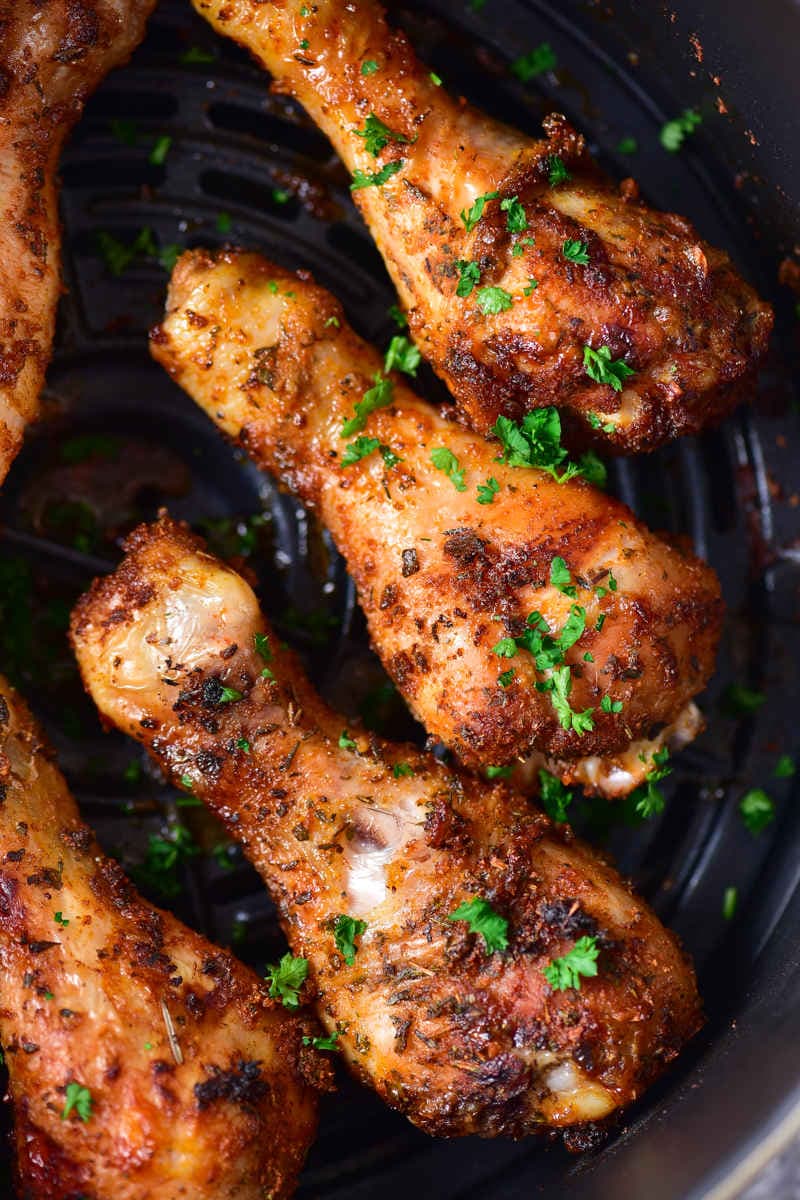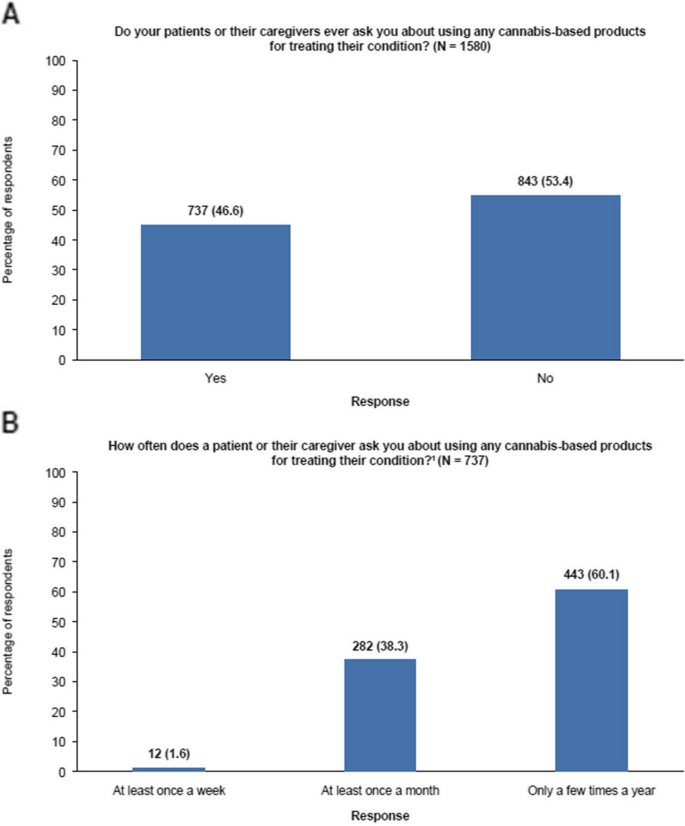-
The Chic Show DIY wrote a new post on the site Woodworking 38 seconds ago
-
reviewer4you.com wrote a new post on the site reviewer4you.com 48 seconds ago
Doused by Rain, Paris Opens Its Games With a Boat Party on the SeineUndeterred by arson attacks on rail lines earlier in the day, the Parade of Nations continued beneath a glittering Eiffel Tower, where Celine Dion belted out a love anthem.
-
reviewer4you.com wrote a new post on the site reviewer4you.com 55 seconds ago
The Weekly Roundup: Your Go-To Guide For Everything You May Have Missed This Week & More! 7/19-7/25Welcome to Ben Greenfield’s Weekly Roundup! In […]
-
reviewer4you.com wrote a new post on the site reviewer4you.com 1 minute ago
First 100 Days of Change Your World – John Maxwell Leadership PodcastMark Cole: Hey, welcome to the John Maxwell Leadership Podcast. Mark […]
-
731 Woodworks wrote a new post on the site Woodworking 2 minutes ago
-
Steve Ramsey – Woodworking for Mere Mortals wrote a new post on the site Woodworking 3 minutes ago
-
reviewer4you.com wrote a new post on the site reviewer4you.com 3 minutes ago
Marvel Reveals the New Deadpool
 Last month, Marvel teased that Deadpool #6 would feature the death of Wade Wilson, Deadpool. Now the other shoe […]
Last month, Marvel teased that Deadpool #6 would feature the death of Wade Wilson, Deadpool. Now the other shoe […] -
reviewer4you.com wrote a new post on the site reviewer4you.com 4 minutes ago
Is Kutaisi Worth Visiting? 13 Reasons to Go4. It’s the Best Outdoor-adventure City-base in All of Georgia Controversial, I know. But also c […]
-
Gowooder wrote a new post on the site Woodworking 4 minutes ago
-
reviewer4you.com wrote a new post on the site reviewer4you.com 5 minutes ago
-
Fix This Build That wrote a new post on the site Woodworking 6 minutes ago
-
DIY Montreal wrote a new post on the site Woodworking 7 minutes ago
-
reviewer4you.com wrote a new post on the site reviewer4you.com 8 minutes ago
Debate Over Title Insurance Alternatives Heats Up Again
 At Inman Connect Las Vegas, July 30-Aug. 1 2024, the noise and misinformation will be […]
At Inman Connect Las Vegas, July 30-Aug. 1 2024, the noise and misinformation will be […] -
reviewer4you.com wrote a new post on the site reviewer4you.com 8 minutes ago
405: Eat Smarter: How to Use Food to Reboot Your Metabolism With Shawn StevensonShawn Stevenson is back! You remember him from one of our most […]
-
Steve Ramsey – Woodworking for Mere Mortals wrote a new post on the site Woodworking 8 minutes ago
-
reviewer4you.com wrote a new post on the site reviewer4you.com 9 minutes ago
Tiger Lilly – 2 year old female Cross-Breed available for adoption
 Tiger Lilly is a 2 year old female Cross-Breed hound type.We are overjoyed to […]
Tiger Lilly is a 2 year old female Cross-Breed hound type.We are overjoyed to […] -
Remodelaholic wrote a new post on the site Woodworking 9 minutes ago
-
reviewer4you.com wrote a new post on the site reviewer4you.com 10 minutes ago
Perfect Air Fryer Chicken Drumsticks (Or legs!)
 My air fryer chicken drumstick recipe uses a simple seasoning blend to yield the crispiest skin and […]
My air fryer chicken drumstick recipe uses a simple seasoning blend to yield the crispiest skin and […] -
731 Woodworks wrote a new post on the site Woodworking 11 minutes ago
-
reviewer4you.com wrote a new post on the site reviewer4you.com 12 minutes ago
Always with you – Another Well MinistriesI looked on my right hand, and beheld, but there was no man that would know me: refuge failed me; no man […]
- Load More
Discover more from reviewer4you.com
Subscribe to get the latest posts sent to your email.
